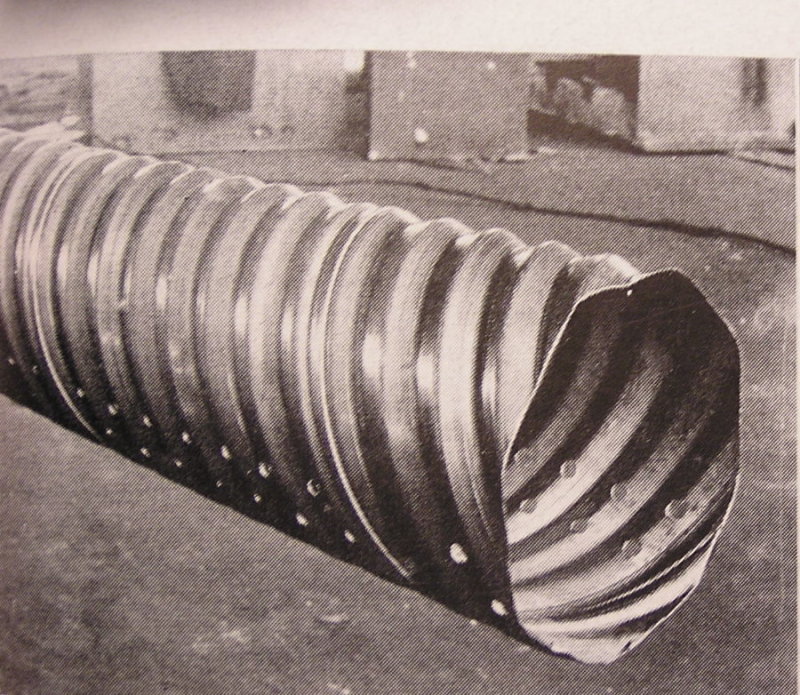Lawrence P
Mechanical
- Jun 22, 2017
- 19
Helping a relative install drain tile beside a leaking basement (and partial crawl). Intention is to dig directly beside the wall, cover in a waterproof membrane then place a French drain beside the footer. I'm a bit concerned (for them) about soil compaction and shifting once we disturb the soil near the footer. Looking for any insight.

